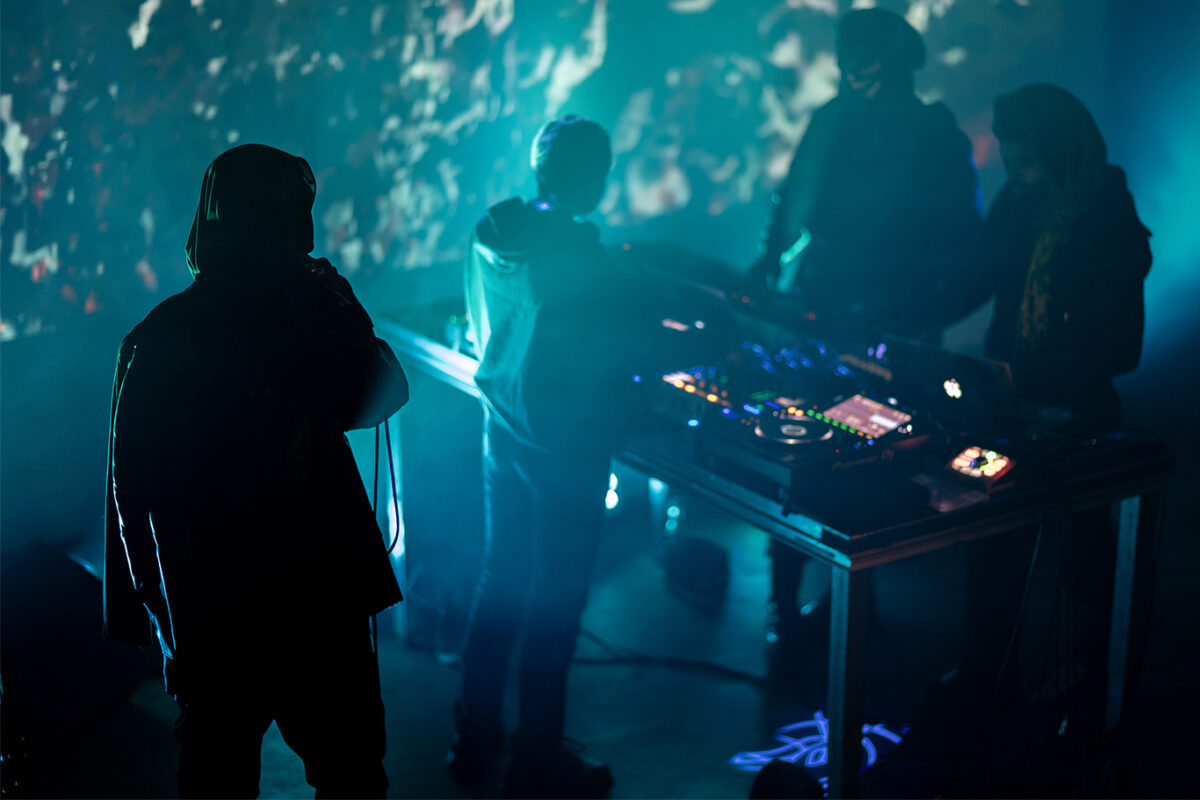Piano playing and brain plasticity
According to the Institute of Music Physiology and Musicians' Medicine at the Hanover University of Music, Drama and Media and the Cognition and Brain Plasticity Unit of Barcelona, early pianists have smaller piano-related brain centers than later pianists. However, their scale playing is more precise.

Compared to non-pianists, pianists have larger centers that are responsible for learning and memory (hippocampus), that serve to automate movements (putamen and thalamus), that process emotions and motivation (amygdala), and that perform hearing and speech processing (left superior temporal lobe). However, they have smaller centers for sensorimotor control (the postcentral region), for processing sounds and music (right superior temporal lobe) and for reading music (so-called supramarginal gyrus).
Another new finding is that the size of the centers responsible for the automation of movements (right putamen) depends on the beginning of piano playing: The earlier the pianists had started to play the piano, the smaller this region is (although it was generally larger than in non-pianists), and the more precise their scale playing is.
What does that mean? Pianists have different brains to non-musicians. The centers responsible for memory, emotion and automation are larger, but the centers directly related to hearing and moving the fingers are smaller. The earlier pianists start practicing, the smaller these regions are. Eckart Altenmüller, Director of the Institute of Music Physiology and Musicians' Medicine: "Our brain optimizes itself before the age of seven and creates particularly efficient control programs that don't take up much space, are very stable and also enable faster learning later in life. So there's a bit of truth in the old saying: What goes around comes around."
The starting point of the study on brain structure was the MRI examination of 36 particularly high-performing piano students at HMTMH and 17 students of the same age who do not play an instrument, using a method that allows the density and size of the nerve cells in the various regions of the brain to be measured. This method, known as "voxel-based morphology", was carried out in the neuroradiology department of the International Neuroscience Institute in Hanover and the data was analyzed in Barcelona.
In order to determine whether the age at which music lessons begin in childhood is important for brain development, 21 piano students in Hanover who started playing the piano before the age of 6.5 were compared with 15 who started later. In addition to the brain images, the accuracy of the touch when playing scales quickly was also recorded.
Original article: Vaquero, L., Hartmann, K., Ripollés, P. et al: "Structural neuroplasticity in expert pianists depends on the age of musical training onset", NeuroImage, Volume 126, 1 February 2016, Pages 106-119.








